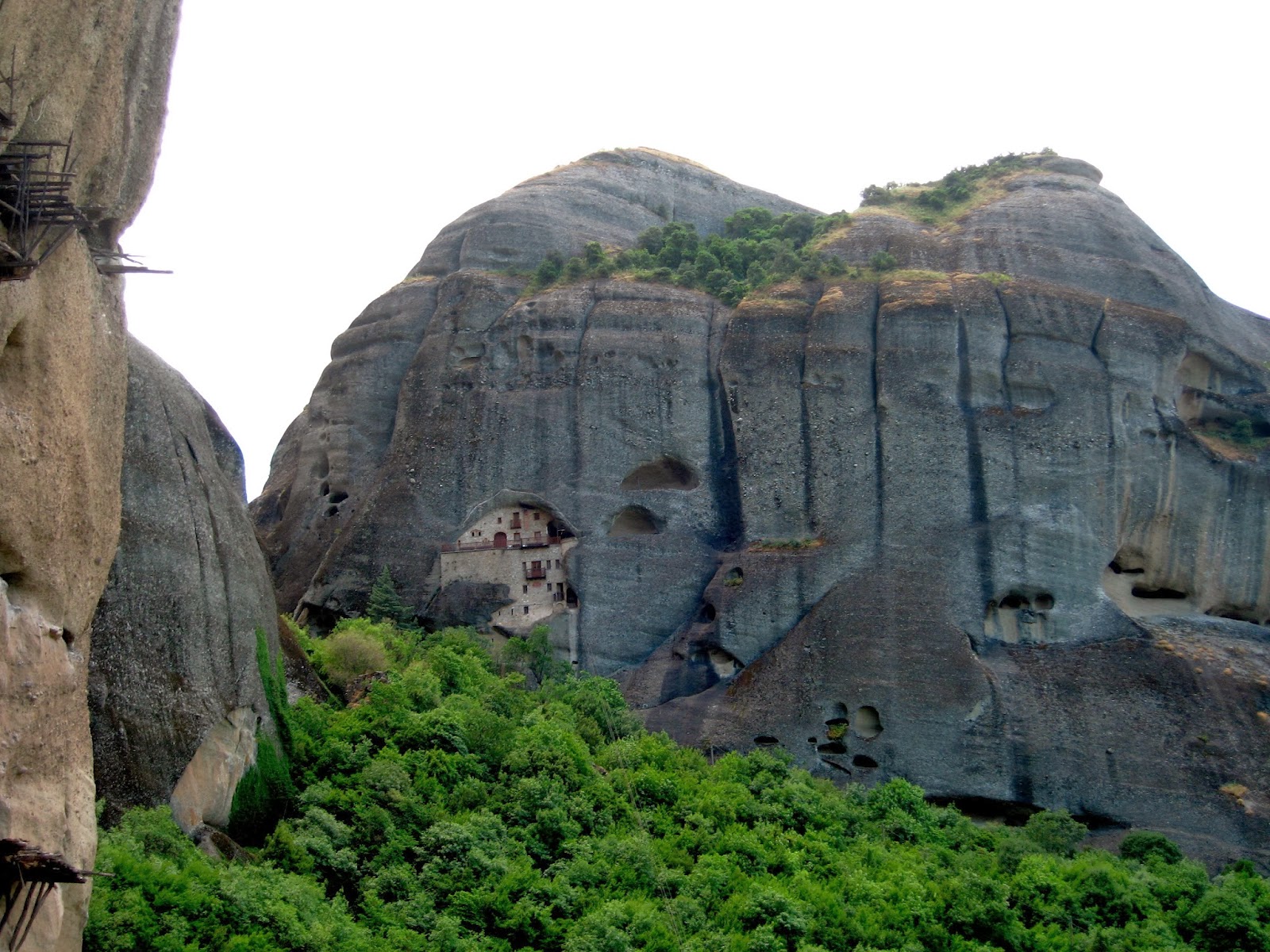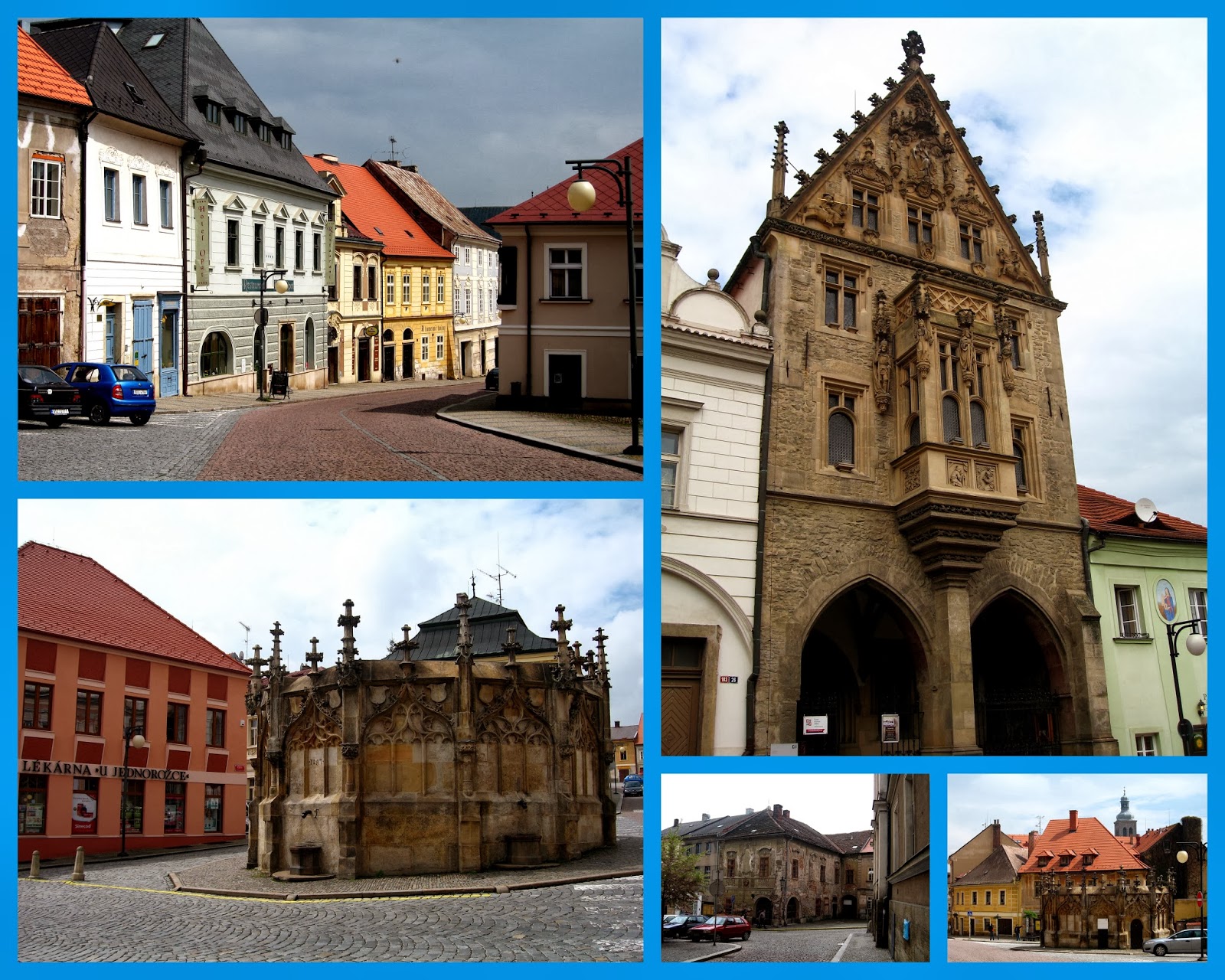 AD and I rented a car to take in some of the nature Bulgaria
has to offer. We were headed to the
region near the town of Lovech to see several caves and some waterfalls that
came to my attention after Block Day at school.
While my group went to a Thracian tomb (very cool) and Plovdiv, other
blocks went to Devetashka Cave and Krushunski Waterfalls. After seeing the pictures, I had to get there
before I moved back to the US.
AD and I rented a car to take in some of the nature Bulgaria
has to offer. We were headed to the
region near the town of Lovech to see several caves and some waterfalls that
came to my attention after Block Day at school.
While my group went to a Thracian tomb (very cool) and Plovdiv, other
blocks went to Devetashka Cave and Krushunski Waterfalls. After seeing the pictures, I had to get there
before I moved back to the US.
On our way towards Lovech, we passed some amazing sunflower
fields in bloom. Sunflowers are a major
crop in Bulgaria and I’d always wanted to stop and take pictures in a
field. However, I always managed to be
near a field either before the flowers bloomed or after the flowers all
died. That day, however, was
perfect. After taking some sunflower
pictures, we were back on the road, heading for our first destination,
Devetashka Cave.
 Деветашката пещера, as it is in Bulgarian is right on the
Osam river and is one of the largest caves in Bulgaria. The Bulgarian tourism website says it was
discovered in 1921, but that must just be when the government first heard about
it, because there is no way this place could have stayed hidden from everyone
that long, especially since the entrance to the cave is probably more
impressive than the cave itself. The
cave is so large it was used as for oil storage and for military storage of
missile launchers.
Деветашката пещера, as it is in Bulgarian is right on the
Osam river and is one of the largest caves in Bulgaria. The Bulgarian tourism website says it was
discovered in 1921, but that must just be when the government first heard about
it, because there is no way this place could have stayed hidden from everyone
that long, especially since the entrance to the cave is probably more
impressive than the cave itself. The
cave is so large it was used as for oil storage and for military storage of
missile launchers.
The cave was also home to humans during the late Paleolithic
era (more than 10,000 years ago) up through the Bronze Age and Middle
Ages. Apparently, Neolithic archeological finds in
the cave were very extensive, however AD and I could only go in the amazing
entrance to the cave as the actual underground cave is a bat breeding ground
that is closed to the public in June and July so as not to interrupt their
breeding season.
 Our next stop was Cave the Stairs, or Пещера
Стълбицата. It was a trick to get
to. It is located outside the village of
Karpachevo, but the tourism website I got directions from was vague on just how
far outside of the village it was. It
turns out it is quite far out along a dirt road through the Bulgarian country
side. There are a couple of small trail
markers but then the road forks without a sign.
I had to get out of the car, check out the road and make an educated
guess (take the one on the right, FYI).
Our next stop was Cave the Stairs, or Пещера
Стълбицата. It was a trick to get
to. It is located outside the village of
Karpachevo, but the tourism website I got directions from was vague on just how
far outside of the village it was. It
turns out it is quite far out along a dirt road through the Bulgarian country
side. There are a couple of small trail
markers but then the road forks without a sign.
I had to get out of the car, check out the road and make an educated
guess (take the one on the right, FYI).
Cave the Stairs is one large underground room with no
tunnels branching off from it. It has a
metal staircase going down and the light playing coming in through the hole
makes the cave very beautiful. It also
has a very nice outhouse available just outside the cave should you need
it.
After bumping our way back into Karpachevo, we were on the
road to Big Garvanitsa Cave (Пещера Голяма Гарваница). Both Cave the Stairs and Garvanitsa were
directly in route between Krushuna and Devetashka, so AD and I decided to make
a day of all of them. This cave however,
probably could have been skipped with no great loss.
Big Garvanista Cave is an abyss cave, which from what I can
tell means it is a giant hole in the ground.
According to the Bulgarian tourism website, “Access to the cave is by
strong metal stairs.” Whoever wrote that
needs to reevaluate the definition of the word strong. There are some other
words that would be more appropriate and they include, terrifying, old, and shaky.
AD and I made it down the stairs, took a look around the bottom of the
cave and then went back up (which was so much worse than going down!). We felt accomplished, having faced death, but the cave itself was not that spectacular.
Our last stop of the day was Krushunski Waterfalls, or Крушунските
водопади. The waterfalls here are one of
Bulgaria’s most beautiful attractions.
The main waterfall is fed from a stream originating in a cave. The water is a lovely blue-green color and there
mineral deposits in the water have created lovely rock formations down the
cascade.
After seeing the main part of the waterfalls, we decided to
check out the other one, which may have been a mistake since it was hot and we
were hungry. Instead of the nice shaded
path, this trail basically led into a grass field with no trees. It was really warm. The trail ended at the edge of a wooded area
with no signs as to where to go next.
After some hunting, we found the trail and saw the tall lone
waterfall. It was lovely. Then we hiked back, got in the car, and found
some food.
We saw some amazing things that day. Outside is where Bulgaria truly shines, so it
nice to spend some time appreciating it.






































